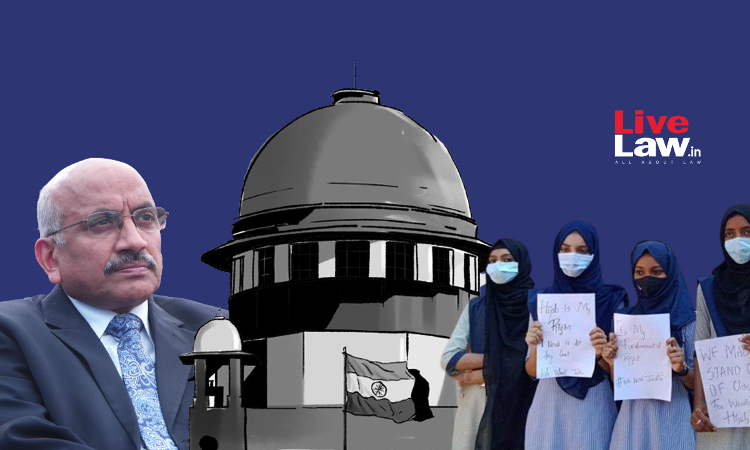Right To Dress Includes Right To Undress Too?Justice Hemant Gupta Asks In Hijab Case Hearing
Padmakshi Sharma
7 Sept 2022 5:06 PM IST

Next Story
7 Sept 2022 5:06 PM IST
The Supreme Court bench comprising Justice Hemant Gupta and Justice Sudhanshu Dhulia, on Wednesday, continued hearing the batch of petitions challenging the Karnataka High Court's judgment which upheld the ban on wearing of Hijab by Muslim girl students in some schools and colleges in the State. In today's hearings, on submissions of Senior Advocate Devadatt Kamat, appearing for the petitioner...
